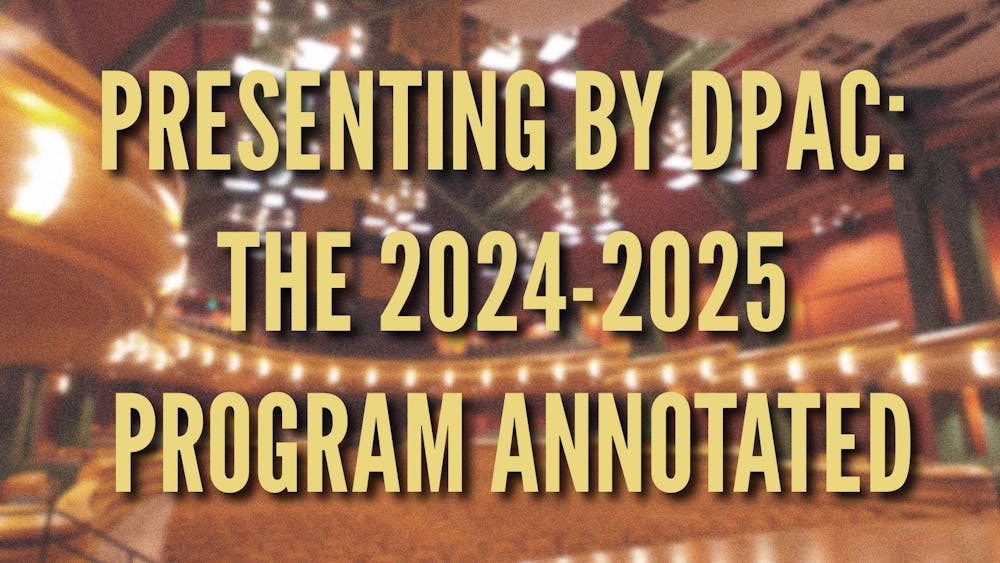
When listing favorite teen movies, you can’t forget “Mean Girls.” In fact, it’s hard to miss “Mean Girls” at any given moment because the film is referenced almost incessantly. Now, 10 years after the film’s release, “Mean Girls” has not only become part of our collective shortlist of high-school comedies, but a part of our everyday vocabulary. This film truly was a turning point in teen comedy.
At first glance, it doesn’t appear as though “Mean Girls” is anything special. Released amidst a string of successful Lindsay Lohan comedies during the rise of her career, the movie was a hit, well received by audiences and critics but it didn’t necessarily make a stir. It was deemed a “smart teen comedy,” but not even the film’s director, Mark Waters, anticipated the cult status it would take on.
Though we can’t forget that indie cult-classics like “Heathers” or “Election” took a satirical, dark humor approach to the high school comedy, far before Tina Fey ever did, “Mean Girls” stands out in its box office success, diversity of audience and incredible reach. Similarly, the film transcends the more popular “teen comedy” with its undeniably witty writing and satirical yet oddly realistic examination of high school culture.
When other teen comedies starring female leads played out the lovable star’s quest to find a boy and beat the mean girl enemy (“Princess Diaries,” “What a Girl Wants”), “Mean Girls” turned the format on its head, showing lead Cady Heron’s vulnerabilities and her transformation into a real mean girl herself. Based off of bestselling nonfiction book “Queen Bees and Wannabes,” Fey wrote the film to be as realistic as possible to the kinds of interactions young girls have, and while I can’t say I’ve ever heard of any teen girls pushing someone in front of a bus, Fey hits the mark for most of the movie.
But while “Mean Girls” stays true, representing the good, bad and ugly parts of teen girl behavior, sparing no drama, Fey didn’t worry about writing the film specifically for a young female audience the way other teen filmmakers did. In watching the movie, we in no way wanted to be Heron — we couldn’t relate to her, we didn’t want her clothes and we even grew to dislike her. Instead, Heron brought us an anthropological study of everything wrong with high school, highlighting things we, teenagers not long ago, were well aware of.
Nor did Fey tailor her humor for a younger or more naïve audience. She kept it smart and trusted that her audience would keep up. Other movies showed smart girls with broken glasses and a dream of an Ivy League school, but Fey gave her characters smart, quick dialogue and rapid-fire jokes that keeps the film interesting (and hilarious) even 10 years later.
“Mean Girls” managed to meld the genres of high-school movie, biting satire and insanely quotable bro-comedy (like “Anchorman: The Legend of Ron Burgundy” of the same year) into one glorious film. Though its cultural criticism in attempt to get girls to stop calling each other names didn’t quite pan out (I mean, it’s hard to not use the term “army of skanks” once Janice introduces it), the movie surpasses any of its early 2000s counterparts by doing more than show the girl getting the guy or defeating the mean girls and appealing to a remarkably broad audience.
Thanks to “Mean Girls” and its popularity, I think smart humor for young people — especially young women — managed to hit the mainstream in some small way. Shows like “Glee” and films like “Easy A” undoubtedly have “Mean Girls” to thank for their popularity. And, of course, we have Fey to thank for the hundreds of times we were at a loss for words in the last decade and looked to “Mean Girls” to find them. Four for you, Tina Fey. You go, Tina Fey.
Contact Allie Tollaksen at atollaks@nd.edu













